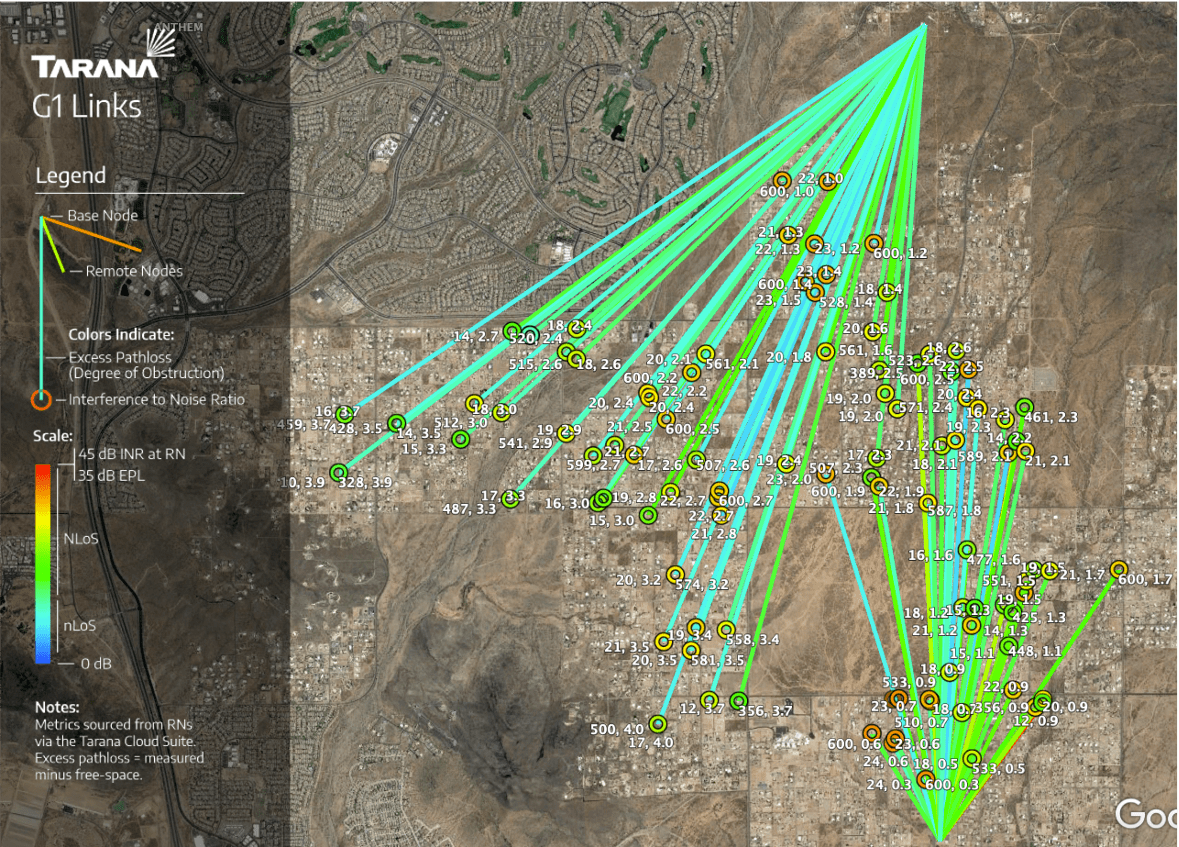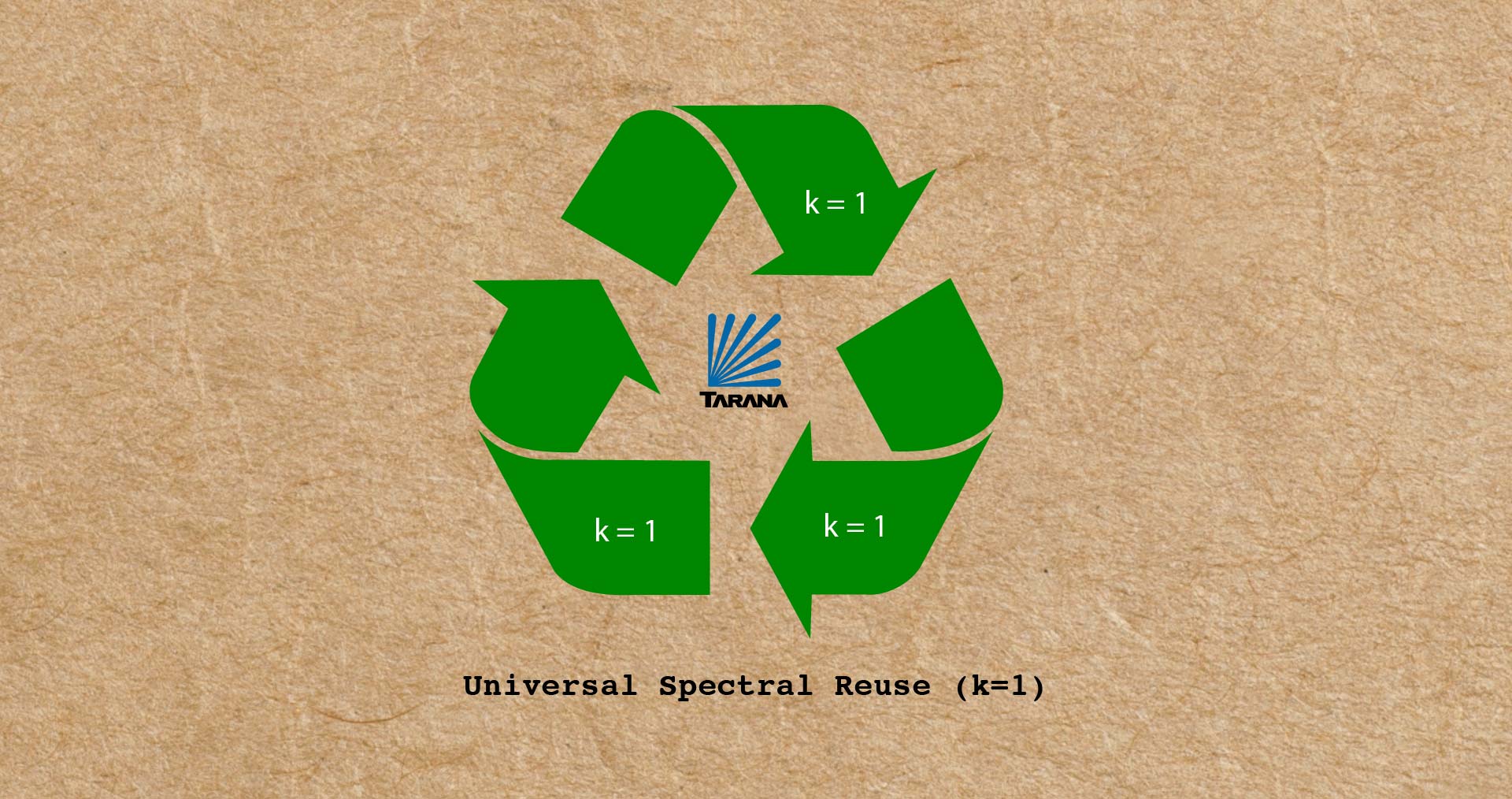The one thing there is never enough of in wireless is spectrum. Radio transmitters must use specific frequencies as allowed by regulatory rules. The trouble comes when multiple radios use the same frequencies and interfere with each other. Interference can come from other operator equipment using the same frequencies (3rd-party interferers) or it could be self-interference in which the operator’s own equipment is the source of the interference. Interference is bad because it slows down link speeds and reduces capacity. These can have severe implications for customer satisfaction (leading to increased churn) and economics.
Licensed spectrum attempts to alleviate interference by limiting the number of operators who can use specific frequencies. Operators can pay millions of dollars for the right to use licensed spectrum – you bet when it comes to using that spectrum they want to get as much use as possible.
Interference Is Everyone’s Problem
Here’s the quandary. Even if an operator has exclusive rights to a set of frequencies, they can still have problems. For example, if an operator has a tower with multiple radios on it and each radio is using the same frequency the radios can interfere with each other. Even if the radios are using directional antennas to minimize overlap, you can still run into problems because a) it’s very difficult to completely eliminate overlap, and b) the remote nodes (subscribers) can still interfere with each other regardless of what happens on the tower.
Directional antennas, as mentioned above, can help but also bring new problems. The more directional the antenna, the more precise (finicky) the alignment must be. When a new radio or tower is brought online, some of the remote nodes will need to be realigned to point to the new radio. This requires truck rolls which are expensive and time consuming.
Frequency Reuse
If you’re not excited about the idea of running around repointing antennas to avoid self-interference and cell overlap, you can use two sets of frequencies. For example, if a tower has four sectors, the north and south sectors will use frequency A and east and west can use a different frequency, B. This type of spectral reuse is called k=2.
This can help reduce the impact of self-interference but it does it at a cost, namely the amount of time you can reuse the spectrum drops in half. Or in other words, you now need twice as much spectrum to service the same coverage area. If you happen to own two sets of licensed frequency bands, this is doable. It’s expensive, of course, because now you’re using twice as much spectrum. If you’re using unlicensed spectrum, there are no costs associated with the spectrum, but on the other hand finding free spectrum that someone else isn’t already using is hard enough and now you’ve multiplied that problem by two!
This problem is only exacerbated when more frequencies are added, For example if each sector operates on a different frequency the problem is now twice as bad (k=4) as the previous example.
At Tarana, we believe frequency reuse is one of several keys to success for next generation fixed wireless access. Our G1 platform uses many techniques to eliminate interference. Because of this, G1 can be deployed using what is known as “universal frequency reuse” or k=1. Rather than deploy four sectors on a tower using North-South and East-West two frequency radio planning (or more!), a four-sector G1 site can operate such that all sectors are utilizing the same frequency. This is a game changer for operators who previously had to deal with complex radio planning, unpredictable interference, and higher costs in the case of CBRS.
You can see an example below of a live operator network in which two G1 sectors are pointed at each other and using the same frequencies.

Universal frequency reuse has many advantages including simplified radio planning and, in the case of licensed spectrum (specifically CBRS PALs), a significantly lower cost in the amount of spectrum that must be purchased. G1’s interference elimination also means G1 can be deployed in noisy, high interference areas where other products can’t perform at all. For more information on how G1 does this, check out our blogs on The ABCs of ABIC and Beamforming Basics.


